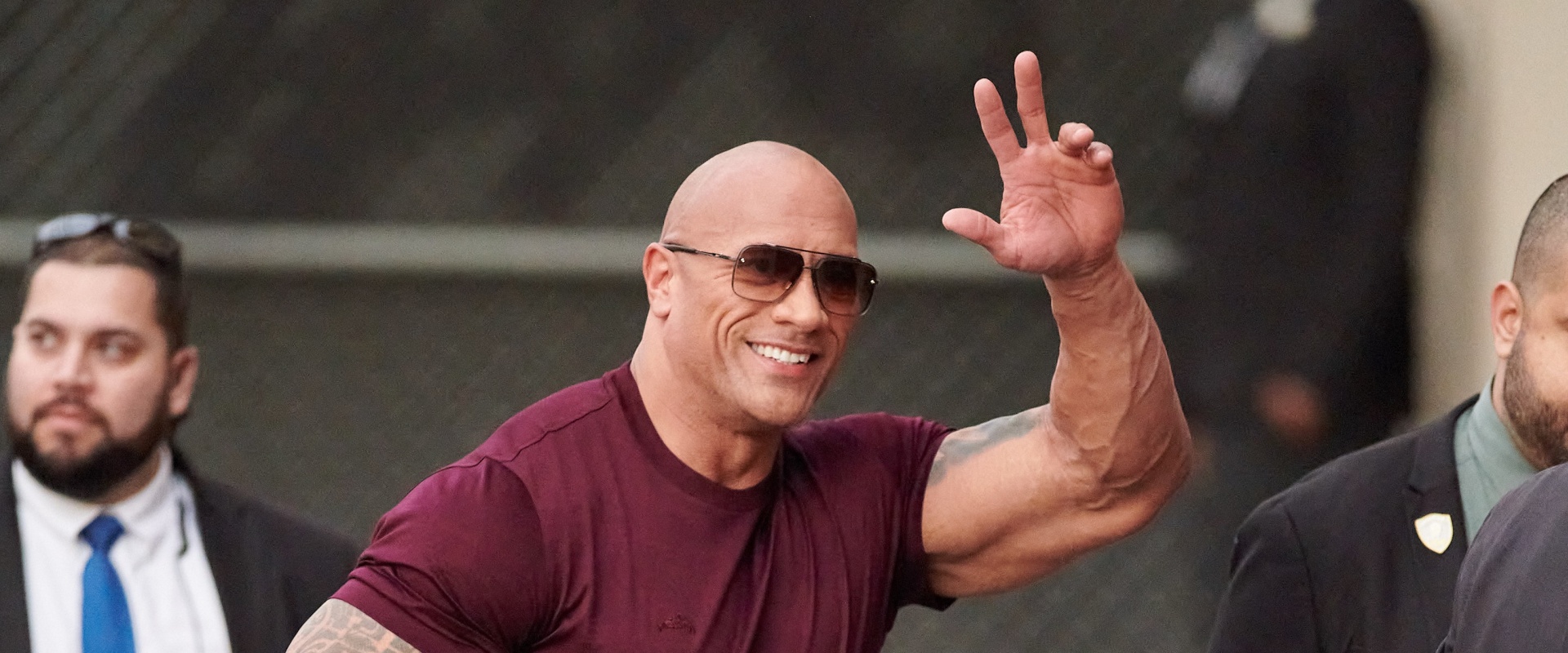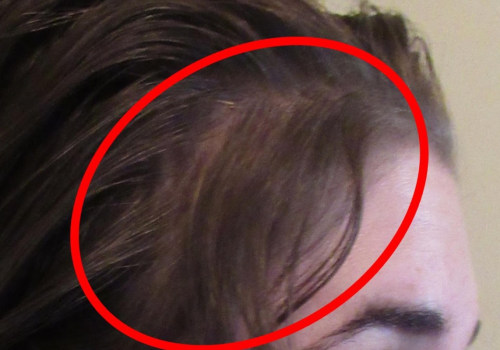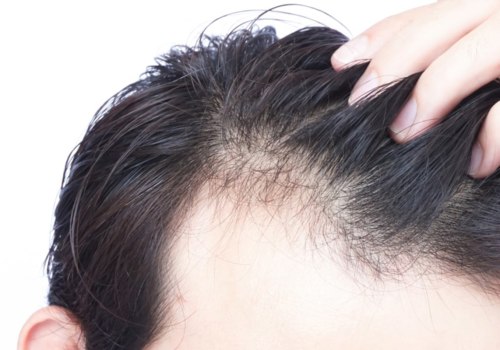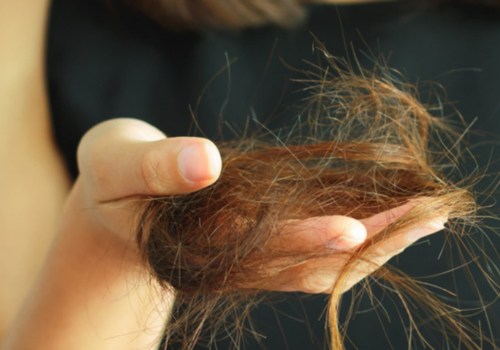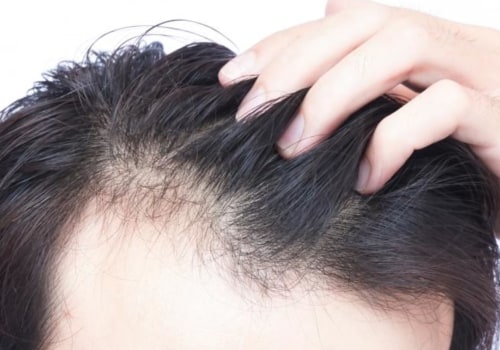It may come on suddenly or gradually and affect only the scalp or the entire body. This is the most common type of hair loss and it affects people as they age. Hair loss, also called alopecia, is a disorder caused by a disruption in the body's hair production cycle. hair loss can occur anywhere on the body, but most often affects the scalp.
On average, the scalp has 100,000 hairs that go through periods of growth, rest, fall and regeneration. If you have a problem with your thyroid, you may see thinning hair. Some people notice that their hair comes out in clumps when they brush it. Therefore, people tend to see only severe cases where people have lost all their hair.
Still, people may mistake the condition for hair loss seen after chemotherapy. But how can you tell if your hair is thinning or if you're going bald? We put together this list of questions to help you determine if your hair loss is causing baldness or thinning hair, so you know how to address it correctly. The American Academy of Family Physicians (AAFP) recognizes that living with alopecia areata can be emotionally difficult. It affects social interaction and self-confidence, as people are embarrassed to let others see their hair loss.
It can also be frustrating not knowing if your hair is going to grow back or fall out again. Fortunately, technology has advanced so that you can grow your own hair backwards with a minimally invasive and more resistant treatment. However, there are certain cases of hair loss and baldness in which non-surgical options are not the most viable option. In some people, hair grows back, either in the same place or on a part of the scalp or body that hasn't been affected before.
When topical solutions, medications, and phototherapy are not enough to revive hair, you can explore other options. However, it can help a lot to stay calm and stay positive, because hair grows back on its own in almost all cases. The best treatment for this condition may be psychotherapy, which may include talking to a counselor about the causes of stress and why you feel the need to pull your hair. The only way to get good information you can trust is to go directly to a medical professional who can check your hair loss.
This condition causes hair to fall out in patches, sometimes circular, leading to bald spots that can become larger over time. As the follicles produce new hair cells, old cells are expelled through the surface of the skin at a rate of about six inches per year. Hair loss caused by decalvating folliculitis, an inflammatory disorder that leads to the destruction of hair follicles, is often accompanied by redness, swelling, and lesions on the scalp that can cause itching or contain pus, known as pustules. It starts above the temples and continues around the perimeter and top of the head, often leaving a ring of hair along the bottom of the scalp.
If you have a few small patches of hair loss on your head, it's likely that your hair will grow back in a few months. If you often have your hair pulled back, continuous pulling can lead to permanent hair loss. Doctors don't know why certain hair follicles are scheduled to have a shorter growth period than others. Commonly known as male-pattern hair loss or female-pattern hair loss, androgenetic alopecia is inherited but can be treated with medication or surgery.
Hair loss does not occur in the follicle, but as a result of a rupture somewhere along the hair shaft, which is the visible part of a strand of hair. .
